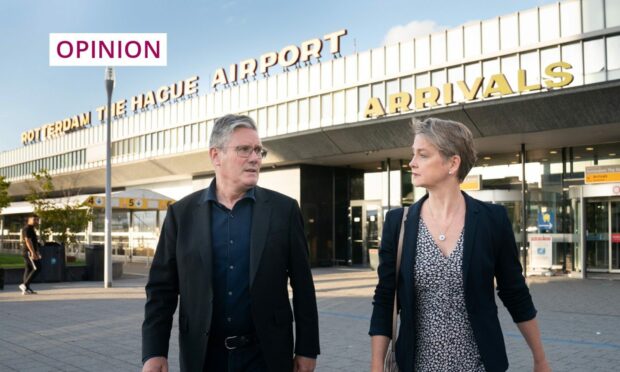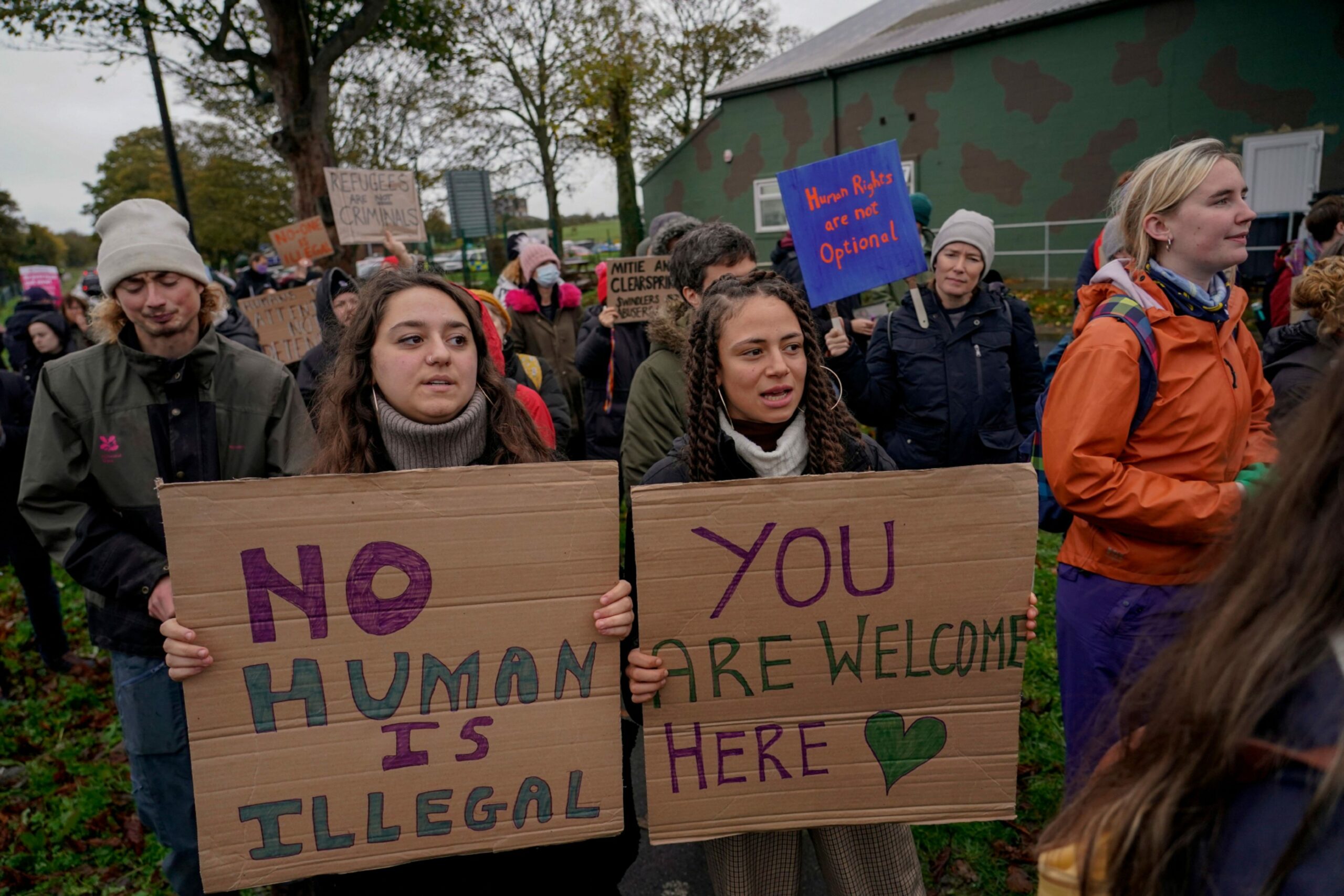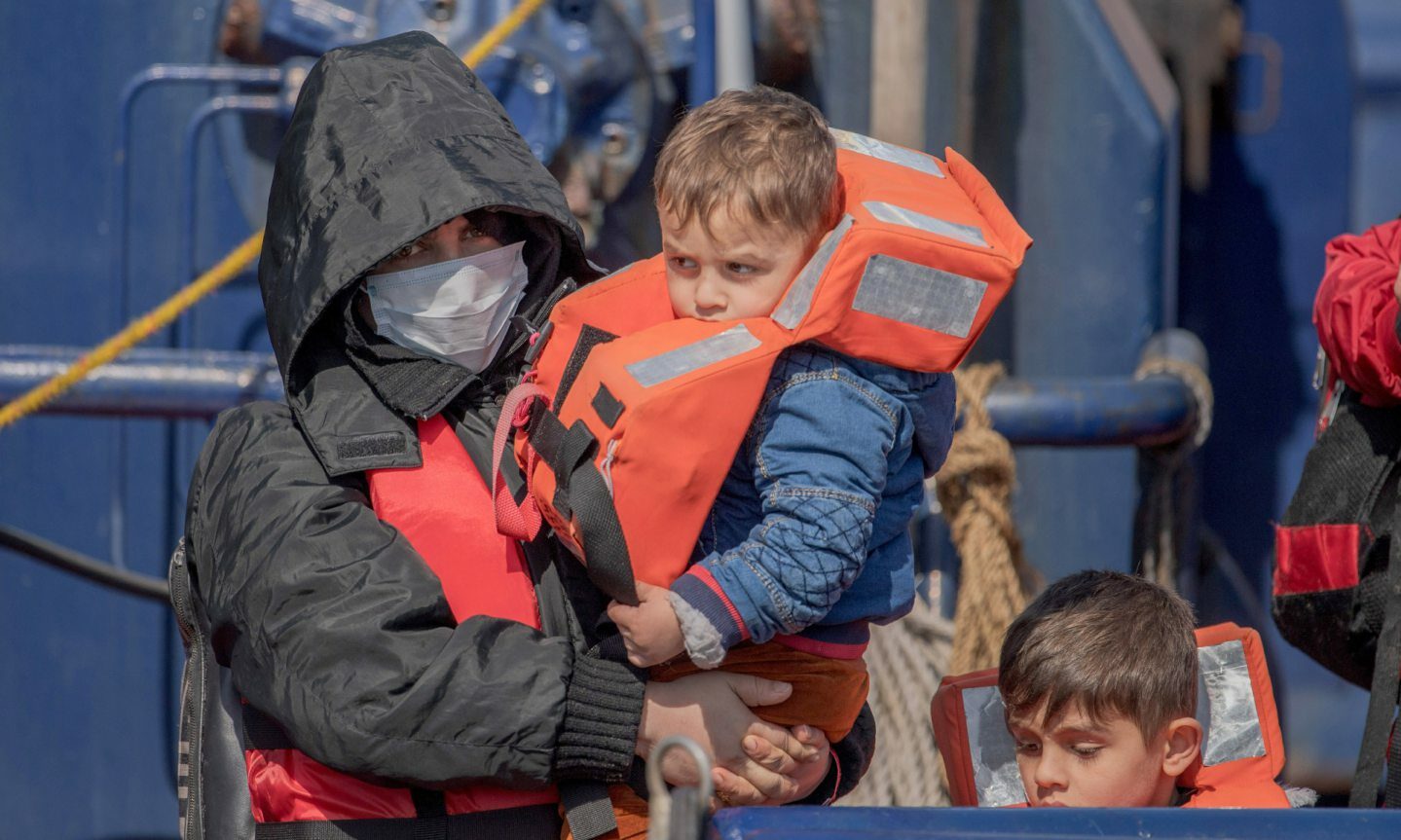Keir Starmer has been on an EU charm offensive recently. But, as the UK Labour Party soft-launches its proposed immigration policy, its broader implications give rise to serious concern.
The Labour Party wants a closer partnership with the EU in order to face the challenge of migration, through the pursuit of a returns agreement. This would allow the UK to push migrants back to the EU after they had crossed the English Channel. Another suggestion from Labour is to designate people smuggling as on par with terrorism. What both these suggestions do, however, is miss the forest for the trees.
As the number of migrants who die while undertaking the perilous journey across the Mediterranean is set to hit its peak since 2017, the EU – and now, potentially, a UK Labour in power – are busy making questionable deals to allegedly stem migration flows.
Recently, this culminated in a landmark deal between the EU and Tunisia, with the EU promising over €100 million in exchange for stemming migration flows.
Tunisia’s abhorrent treatment of migrants is well known. Physical abuse is common in Tunisian detention centres, with Black African migrants especially susceptible to these increasingly hostile, racist and xenophobic environments.
One example of the deplorable conditions migrants suffer under in Tunisia includes the expulsion of thousands of Black African migrants from the coastal city of Sfax to the desert wastelands between Tunisia and Libya. Several migrants were later found dead, and many more are missing following these expulsions.
This is the violent border regime that the EU has readily agreed to support. Washing its hands of the bloody business of border maintenance by outsourcing to Tunisia.
And, while the EU delegates responsibilities, the UK takes a different path. Theresa May’s legacy of a hostile environment for migrants is still in place. UK Labour does not seem to be differentiating itself from the Conservative government, but instead inches closer to the contemporary policies of deterrence by way of criminalisation.
How many more disasters must we watch happen?
What seems to be lacking in all the discourse regarding the seemingly record-breaking numbers of people crossing the English Channel or the Mediterranean is that another record is also being broken. In fact, it is set to be the deadliest year for migrants crossing the Mediterranean since 2017.
Meanwhile, it is becoming impossible to count the tragedies. In the case of the fishing boat that sank off the Greek coast in June of this year, 100 people were rescued from a vessel with more than 750 passengers. Only 78 bodies were recovered. The utter desolation of never receiving a body to bury and grieve for is a feeling that most of us will never be able to fathom.
These deaths are a terrible indictment of so many failed policies
In our own muddy waters, a boat capsized barely a month ago and six migrants drowned.
And how many people have wasted away in desert borderlands, expelled by a country co-signed by the EU?
These deaths are a terrible indictment of so many failed policies. How many more disasters must we bear witness to before we see an earnest change in policy?
Policy is making it more deadly to migrate
While we sit on our hands and while the opposition inches closer to Westminster’s current hostile stance on migration, people are dying in droves, and it seems that most cannot even muster up the pretence of caring.
If it is becoming more deadly to migrate, this is a direct consequence of increasingly strict migration policies which create a hostile environment for migrants here at home, but also abroad, in whichever country they find themselves in.
Working towards sustainable solutions entails establishing safe and legal migration routes. But, on a more systemic level, it means stabilising conflict-afflicted countries, alleviating global poverty, and providing equitable health outcomes for people everywhere.
The most successful migration “deterrence” policy would be to support the creation of local environments that people want to and can stay in, instead of contributing to conditions where migration is the only viable resort.
Astrid Lucia Offersen graduated from the University of Aberdeen and is currently working in international policy research and analysis


